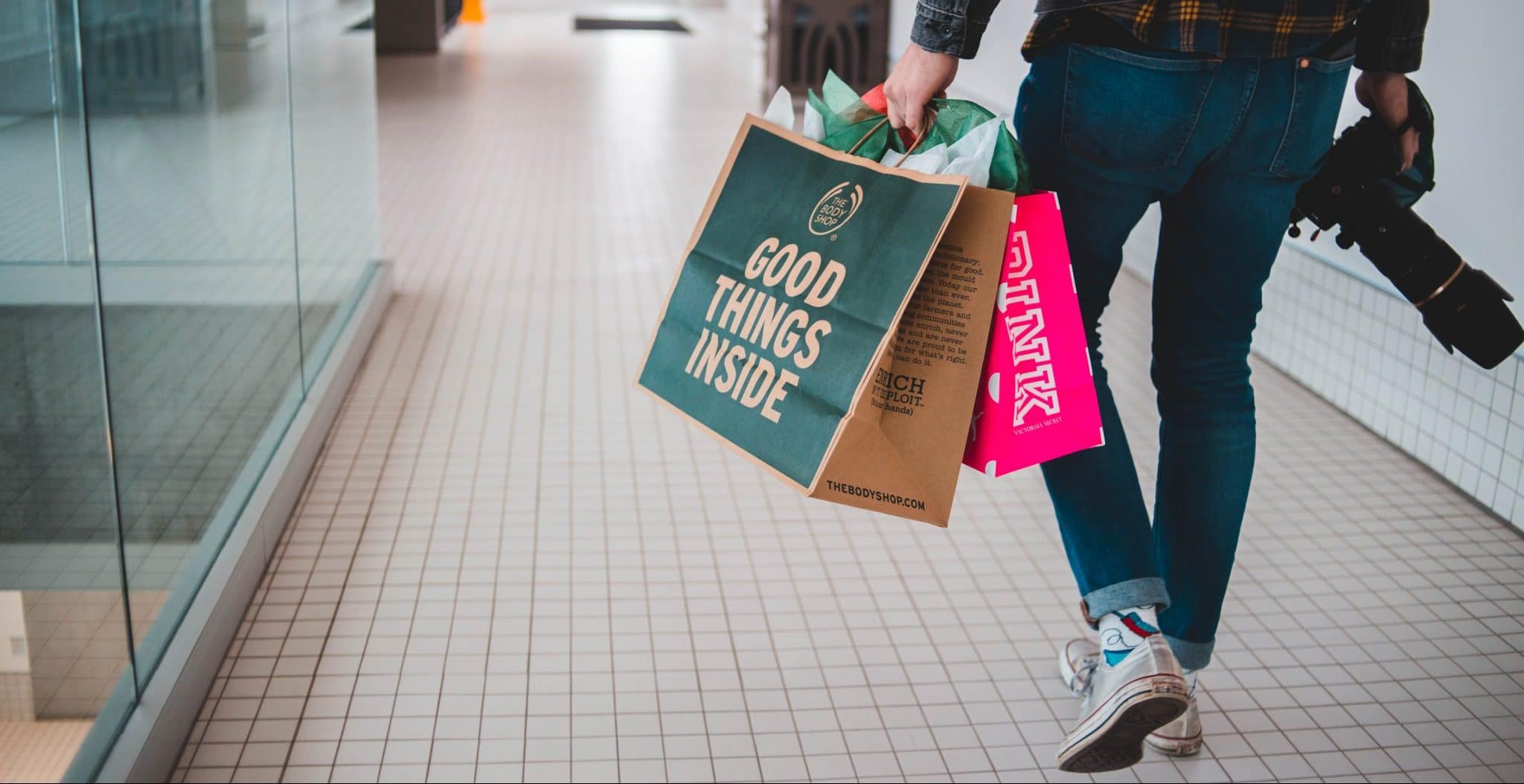By: Sarah LaCourse, Senior Director of Strategic Consulting at Epsilon
The unexpected hit of COVID-19 has jolted the retail world into a need for transformation. In March, when stores were suddenly shuttered, retailers had to quickly pivot their omnichannel approach, from evaluating brick and mortar to creating contactless customer experiences.
While the pandemic has accentuated the pain points of the entire retail industry, it has also accelerated conversations about how and when retailers will evolve. According to Epsilon's recent survey, Consumer Sentiment during COVID-19, 1 in 7 consumers across generations aren’t sure what will reassure them to return to retail storefronts.
As we look to emerge from the shutdown, retailers must move forward into a new era of creating a relationship with their customers across channels and experiences. There are three key themes emerging that we believe will help retailers succeed in building brand loyalty in an increasingly contactless world:
- Optimization of the customer experience
- Treating loyalty as an outcome, not just a program
- Ability to quickly adapt and pivot
Optimization of the customer experience
CX expectations and delivery
Customer experience (CX) has become table stakes in retail, yet ever-increasing customer expectations continue to challenge brands. As more and more brick-and-mortar retailers emphasize digital channels, brands must constantly evaluate to ensure they are delivering the best possible CX seamlessly across online and offline interactions. So what do brands need in order to deliver the best CX?
- Identity: a consistent and persistent single view of the customer across all channels.
- Data: 360° view of your customer to reveal the person behind the ID. Behaviors, preferences, motivators, etc. Data needs to be democratized and mobilized across the organization — it’s not just for use in CRM or Loyalty marketing communications.
- Technology: not point solutions, but rather technology that enables activation of data and scales business results such as greater personalization and better experiences.
- Orchestration: brand interactions are agnostic of channel. Arming store associates with the same customer data points as any digital channel ensures brands can create a frictionless experience.
Brand strategies should address improvements and reengineering of website, in-store technology, mobile apps, and ecommerce platforms. These building blocks create a solid foundation upon which you can reimagine a well-planned and executed customer experience strategy.
Contactless CX
Elements of digital transformation that were in discussion, but plodding along in pilots and tests, are now gaining more attention and resources as we emerge from COVID-19 shutdowns. Most of these fall under the umbrella of creating a contactless experience. And consumers report they are more than ready for this change, with a recent survey from Shekel reporting that 87% of shoppers say they would now prefer to shop in stores with touchless options.
Self-checkout kiosks have been available for some time, but as we emerge from the pandemic, their adoption is increasing rapidly as evidenced by Shekel’s finding that nearly 75% of shoppers are now frequently using self-checkout to pay for groceries.
Kroger is one retailer who is combining checkout, payment, and loyalty in one succinct app-based product. Announced just last month, “Kroger Pay” came to market as a contact-free checkout option billed as part of Kroger’s ongoing efforts to protect and support store associates and customers from COVID-19. The app lets customers scan a pin-protected QR code at checkout, and it can securely integrate with your Shopper’s Card, digital coupons, and preferred credit or debit card. Importantly, the app connects with the Kroger REWARDS programs, incentivizing use with 2% cash back on private label brands while awarding bonus fuel points.
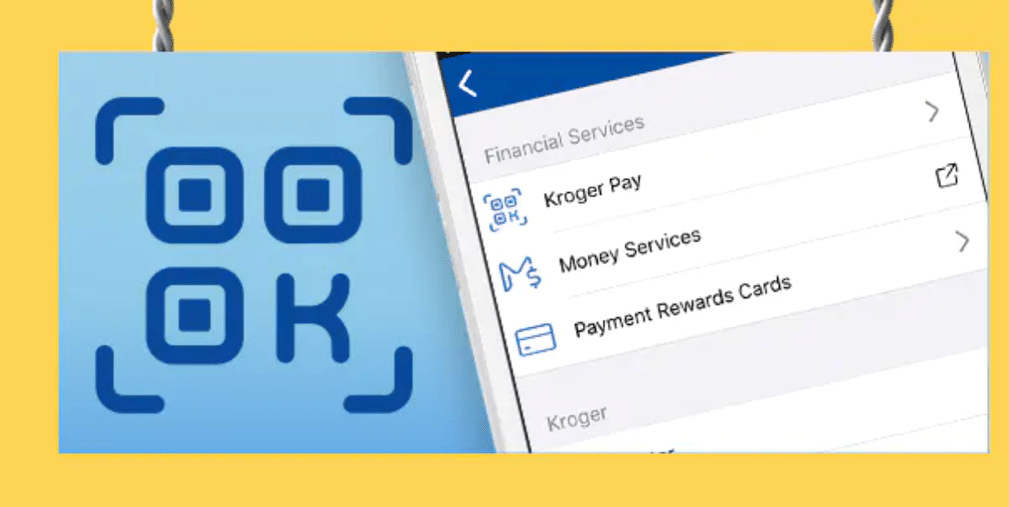
Dick’s Sporting Goods amped up their contactless curbside pickup service with a video showcasing PPE-wearing staff safely opening the trunk, placing in items, and then the customer is good to go. Their healthy, stay-in-vehicle messaging reinforces a deeper trend towards touch free efficiency and cleanliness. In addition, Dick's promotes high-need products with call outs that inventory is re-stocking daily.
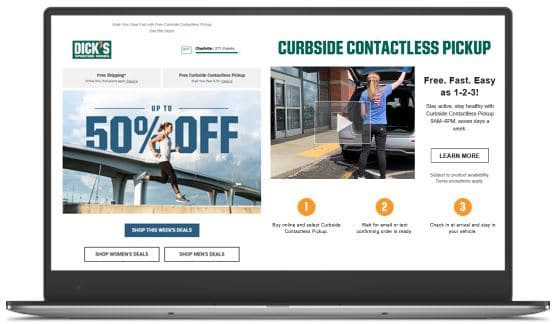
Treating loyalty as an outcome, not just a program
Making an emotional connection
The opportunity for every retailer to leverage your unique brand voice has never been better, and recasting customer loyalty strategy to ensure these brand promises are effectively communicated can be the best path to success. Consumers are looking for a value proposition that reflects the holistic nature of each brand with elements such as brand authenticity, transparency, and a connection to global and environmental causes that resonate with them.
Truly progressive brands have evolved to look at ALL of their customers through a loyalty lens; not only those who are enrolled in their loyalty program. These innovators practice Big "L” loyalty, using their loyalty strategies and tactics to create exceptional customer experiences, inspire passion and trust, and engender long-term relationships. These emotional connections then serve as the stepping stone to matriculate customers into a permission-based loyalty program. From there the brand can glean the data and insights to deepen the relationship and deliver more personalized experiences. And the customer can feel confident that their privacy and preferences are being respected.
Best-in-class examples
In times of crisis like COVID-19, brands need to ensure they are connecting with the needs of their customers with sensitivity and empathy. Here are two examples of retailers who have connected with their customers, which reinforces that their brand promise is central to how the next generation of customer loyalty programs will be created:
Autozone used a “helping over selling” approach where product-centric savings, rewards, and offers are balanced with much more purpose-oriented messaging. This example shows how their DIY content, encouraging education and engagement, is balanced with a promo to join their rewards program and other deals.
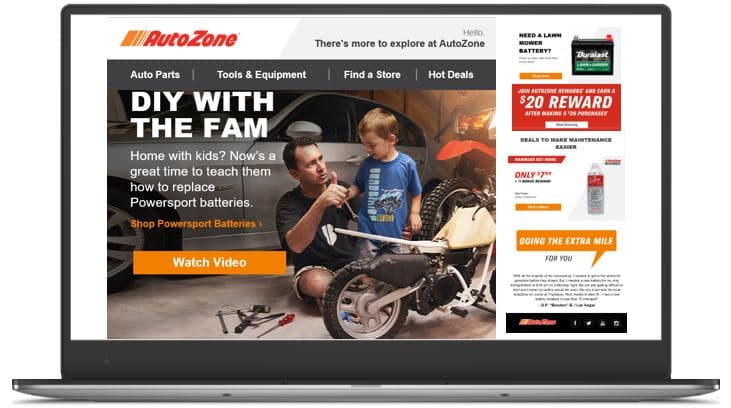
Patagonia took a unique tact as they prepared for the rebound with a .com reopening announcement. This email linked to a COVID-19 update, where they restated values that align with pandemic social conscious, which synced with their overarching brand mission: buy local, repair over new, and avoid consumerism.
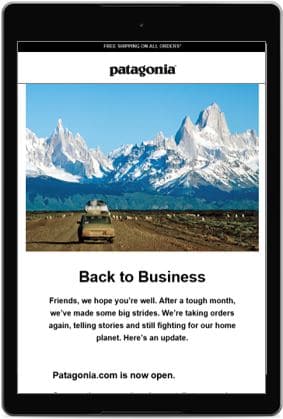
Ability to quickly adapt and pivot
Now more than ever, if retail brands don’t adapt to new customer expectations in this digital world, they’ll fall behind. According to Profitero/Kantar’s The 2020 eCommerce Organizational Benchmark Report, just 17% of brand leaders believe their companies are ahead of the curve when it comes to organizing for ecommerce. The vast majority (71%) report they are merely keeping pace or catching up.
During COVID-19, retailers had to be instantly creative and they responded by adding functionality to mobile apps, introducing online order and delivery, and taking an increasingly omnichannel approach to customer communications. So as we emerge from the pandemic and reopen the economy, how should retailers navigate? Based on findings from our study, we recommend the following:
- Consumers are missing the in-store shopping experience, but have adapted to digital channels. They prefer to purchase online and pick up in store so make this experience as seamless and pleasant as possible. Innovate with technology that makes it easier for the customer to interact with your brand, such as curbside pickup or contactless delivery.
- Keep your email messaging strategy top of mind. Consumers want to hear from you in this time of uncertainty as long as the message is relevant to their current needs.
- Focus on how to incorporate a new reliance on digital as you’re planning for the re-opening of stores. Be agile — different locations will have different needs. Create a fluid infrastructure at the program level, operations level, technical level, and employee level that is nimble and expectant of on-going change.
- Continue to readjust your messaging and respond to change and uncertainty.
- Your customers are going to want control over how they interact with your brand. Arm customers with the power to control the conversation through stated preferences in your website or app. Then follow up with personalized content based off their preferences to maintain the best relationship.
Loyalty is becoming more integrated into operations, which translates into a stellar customer experience. It’s all about reflecting the brand and highlighting key messages and this provides a tremendous opportunity for loyalty strategies to evolve.
By giving thought to the ideas shared here and integrating them into our customer loyalty strategies, we have the potential to find breakthrough success and leapfrog to a new reality.
Learn more about Epsilon PeopleCloud Loyalty.

